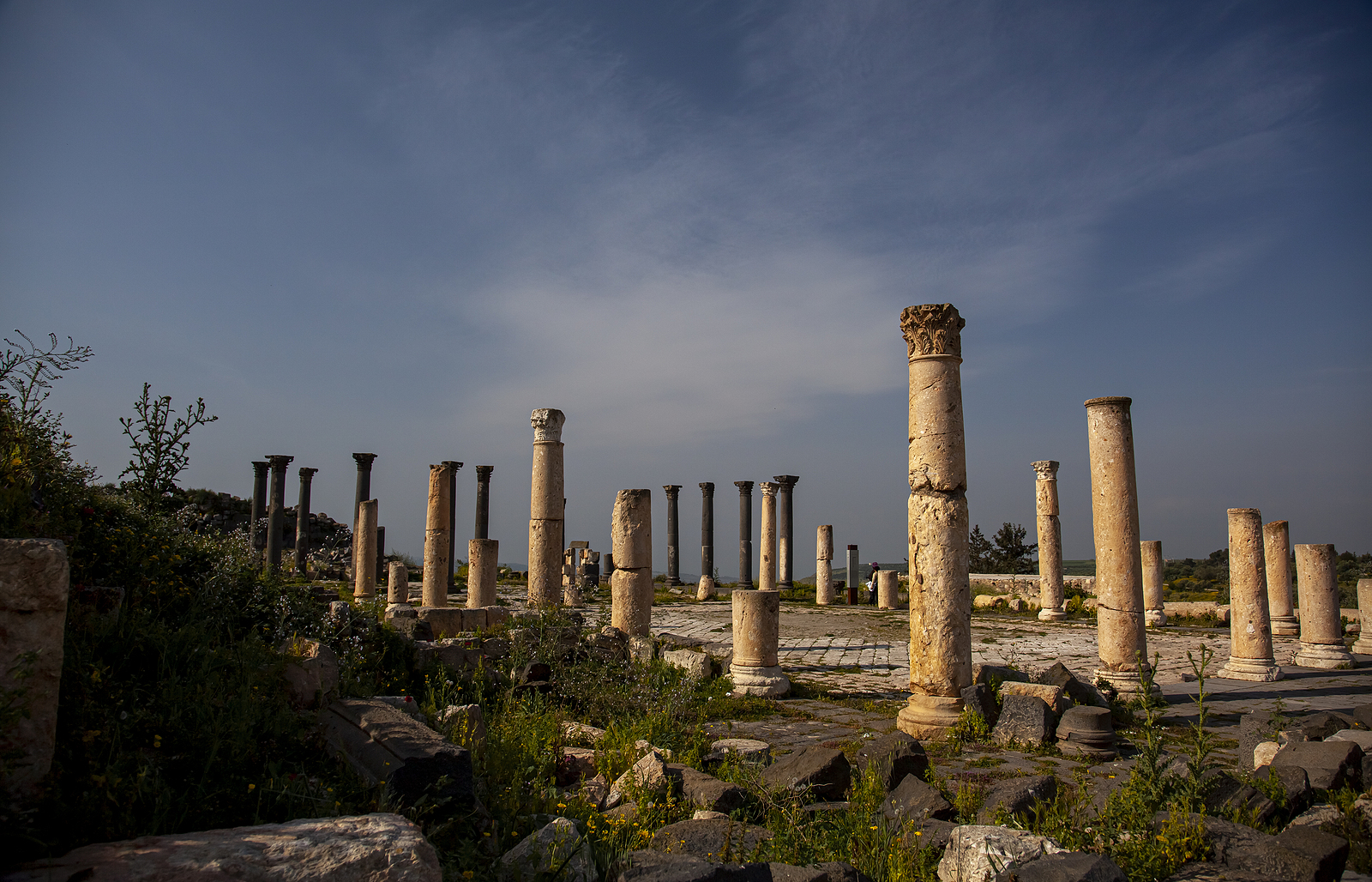History & Heritage
8.26.2022
Discovering Irbid, capital of Arab culture in Jordan

In Jordan, a few kilometres from the Syrian border, there is a jewel that deserves to be discovered: Irbid.
In the far north of Jordan, just a few kilometres from the Syrian border, lies a jewel worth discovering. An hour and a half from Amman and three quarters of an hour from the ancient city of Jerash, Irbid is one of the country’s lesser-known historical sites that hides a real treasure.
Capital of Arab culture
The Jordanian Ministry of Culture and Youth has named Irbid the capital of Arab culture. With cultural roots dating back centuries, the city of Irbid has been a centre of poetry, art, theatre and song and has given the Arab world many icons. This newly conferred title provides an opportunity to discover Irbid and explore the city’s historical and contemporary contributions to culture.
Throughout the year, the city will host cultural events and exhibitions to highlight the political, literary and social figures who have helped elevate the city’s status as a cultural model for the entire Arab world.
A city that has stood the test of time
In the area where the city of Irbid now stands, artefacts from Early Bronze Age and Iron Age tombs have been discovered, indicating that the area has been inhabited since ancient times. The city has indeed survived the ages. Mentioned in the Bible as “Beth Arbel”, it was called “Arbella” or “Arabella” during the Roman Empire, where it was still considered a secondary city compared to the nearby city of Abila (Quwayliba), now one of the most important archaeological sites in Jordan, dating back to 3 AD. It is believed that they date back to 3 BC.
Both, however, were part of the Decapolis, a group of ten cities located near what was once the eastern border of the Roman Empire, between present-day Jordan, Syria and Israel.
An authentic city
The city’s ancient past is still hidden beneath the modern streets and buildings. On the surface, however, with the exception of the tell (“mound”) that stands in the centre of the city, very few traces of Irbid’s illustrious past remain today. Much of what has been recovered over the years is on display in the Archaeological Museum, which tells the story not only of the city but of Jordan as a whole.
The Dar as Saraya Museum, housed in a splendid 19th-century villa built by the Ottomans in the typical caravanserai style as a prison, also houses local artefacts that tell the story of Irbid’s long history.
Irbid is home to one of Jordan’s most important universities, Yarmouk University, and attracts many young people from across the country and beyond. Few tourists visit, so it can still be appreciated for its authenticity: the way of life of the people and the places they frequent have not yet been contaminated by mass tourism. The places where you can eat, the street food stalls, the bars where you can smoke hookah have the taste of Jordan.
A starting point for exploring Jordan
Irbid is also the ideal starting point for exploring a part of Jordan that is far from the most touristy roads and hordes of people. Suffice it to say that it is more than a four-hour drive from Petra, the country’s most visited site.
From here, however, one can visit beautiful sites such as Umm Quais, the ancient Roman city of Gadara, in the hills overlooking the Jordan Valley, with its magnificent ruins and two ancient theatres. It is also the place where, according to the Bible, Jesus performed one of his most amazing miracles, freeing two demon-possessed men. This is why Gadara is also a pilgrimage destination. From Irbid, it is also easy to reach the archaeological site of Pella, whose excavations have revealed settlements dating back to 11,000 years before the birth of Christ. The part that can currently be visited is very small compared to what remains to be discovered and is hidden underground.
popular

